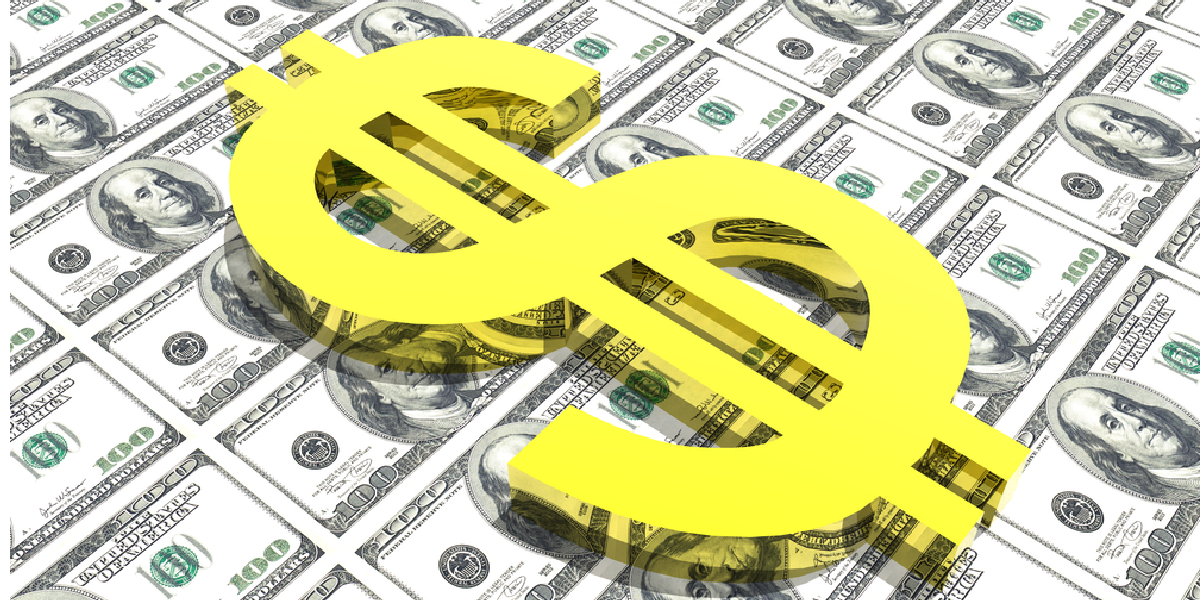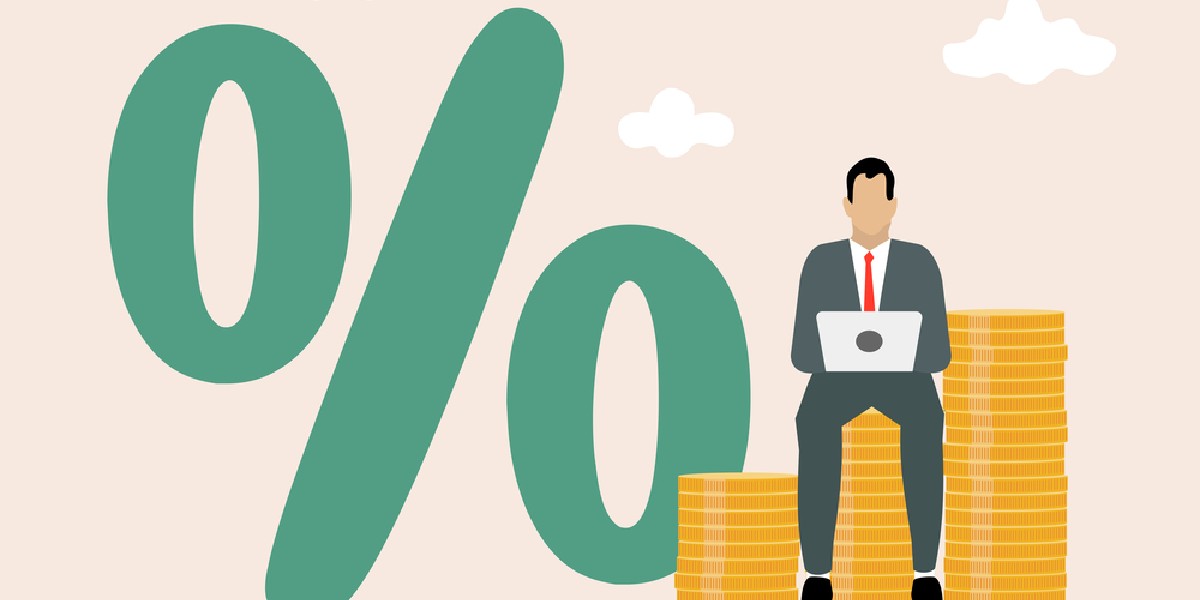CPI set to influence the Fed’s 2023 plans for inflation
CPI: Consumer inflation is anticipated to have fallen in December compared to November after a problematic 2022 driven by inflation and high costs.
The sudden drop in energy and fuel costs brought on the decline.
However, the yearly rate would likely remain high.
According to Dow Jones, analysts anticipate a monthly decline in the consumer price index of 0.1%.
In the meantime, a 6.5% increase in inflation is presumed.
Despite the reports, the CPI remained below its all-time high of 9.1% in June 2022.
CPI vs Core CPI
The consumer price index measures the average yearly change in prices of consumer goods and services.
Costs associated with food and energy are removed from the core CPI because they alter more frequently than other products.
This limitation is crucial because it may take time to determine the underlying price trend when food and energy expenses vary significantly from month to month or year to year.
Since it is less impacted by short-term changes in food and energy costs, the core CPI is seen as a more reliable inflation index.
It is anticipated to increase by 0.3% in December, reflecting a 5.7% annual growth.
The core CPI increased by 6% annually and 0.2% monthly in November.
Diane Swonk, the chief economist at KPMG, praised the projected drop.
“We welcome it with open arms. It’s good news,” said Swonk.
“It’s great and it helped to fuel consumer spending in the fourth quarter. But it’s still not enough.”
Slowed inflation outlook
The CPI will be released on Thursday, the last batch of data, before the Federal Reserve decides on interest rates on February 1.
The relevance of the inflation rate on the financial markets has increased lately.
Traders predict the CPI to reflect less inflation than analysts expect.
They cited the weaker-than-expected wage increase in the December employment report and other data points that signaled lower inflation expectations.
Stocks rose before the results were made public on Wednesday, which worried Peter Boockvar, the chief investment officer at Bleakley Financial Group.
“The market is looking at it as glass half full. Inflation is rolling over, and the Fed is almost done raising interest rates,” he said.
“I think they remember the last two months when you had numbers that were well below expectations. They’re just assuming that’s going to be the case again.”
Read also: The Fed needs freedom to make hard decisions
The Fed impact
Traders continue to wager on the central bank raising interest rates by a quarter point at its upcoming meeting in the futures market.
Policymakers are expected to raise the fed funds target rate by 0.5 percentage points, according to economists.
20% of the market anticipates a hike of 50 basis points.
State Street Global Advisors’ head economist, Simona Mocuta, saw commotion surrounding a particular data point.
“It’s amazing how much reaction and over a single data point,” she mused. “Clearly, the CPI is very important.”
“In this particular case, it does have fairly direct implications, which are about the size of the next Fed rate hike.”
According to Mocuta, the Fed may be swayed by a lower CPI.
“The market has not priced the full 50. I think the market is right in this case,” she explained.
“The Fed can still contradict the market, but what the market is pricing is the right decision.”
According to Luke Tilley, chief economist at Wilmington Trust, the decline in energy costs and the 12% decline in gasoline prices in December reduced inflation.
The CPI has not reflected a deceased pace, even though the rental market suggests a drop.
“Shelter is the main focus because of the lag,” said Tilley. “Everyone is familiar with the lag that it takes for the data to show up in the CPI.”
“We think there could be a sharper slowdown.”
Nearly 40% of the core CPI comprises housing costs, which are anticipated to increase by 0.6% per month.
Luke Tilley claims that landlords have complained that as the housing market gets worse, it is getting harder for them to boost rent.
“We’re pencilling in slower increases in January and February and March on that shorter leg.”
Focus on services
Economic experts have concentrated on growing service inflation in the CPI since goods inflation is likely to continue shrinking because of the stabilized supply chain.
“The headline monthly changes over the last two, three months overstate the improvement,” said Simona Mocuta.
“We’re going to get the same help from gasoline in the next report. I don’t want to see an acceleration in shelter. I want to see some of the discretionary areas show deceleration.”
“I think right now the focus is very much on the services side.”
The market is now concentrating on the Fed’s capacity to control inflation since it may affect how much further interest rates are hiked.
The economic slowdown brought on by the hike might be the discrepancy between a recession and a soft landing.
“The hope is that basically, we are now in a position where you could envision a soft landing,” said Diane Swonk.
“That requires the Fed to not only stop raising rates but ease up sooner, and that doesn’t seem to be where they’re at.”
“The Fed is hedging a different bet than the markets are. This is where nuance is really hard. You’re in this position where you’re improving,” she continued.
“It’s like a patient is getting better, but they’re not out of the hospital yet.”
Reference:
Inflation is expected to have declined in December, but it may not be enough to stop the Fed










